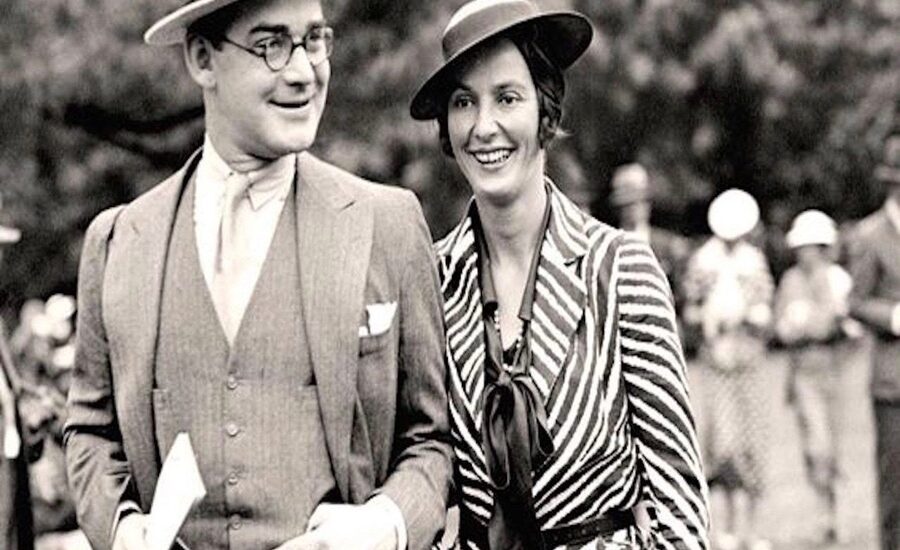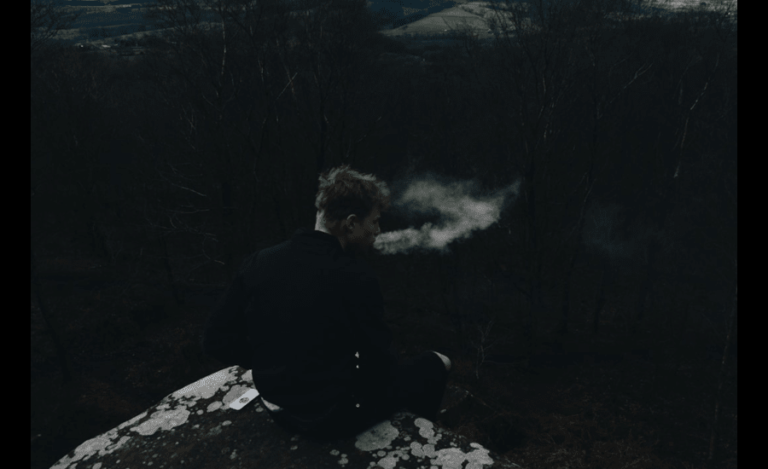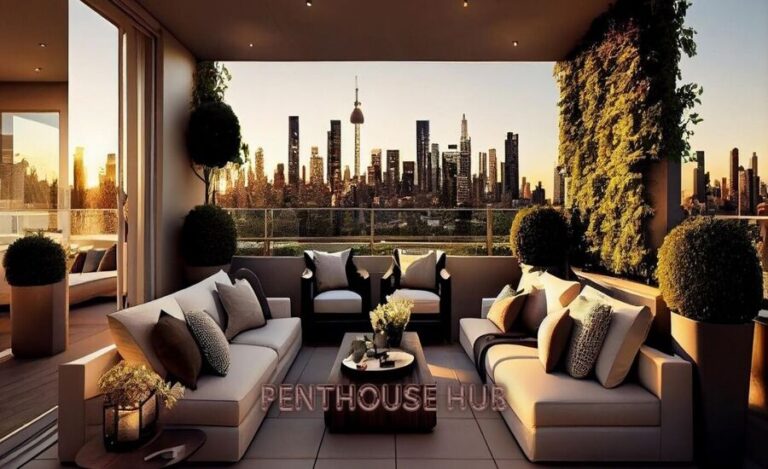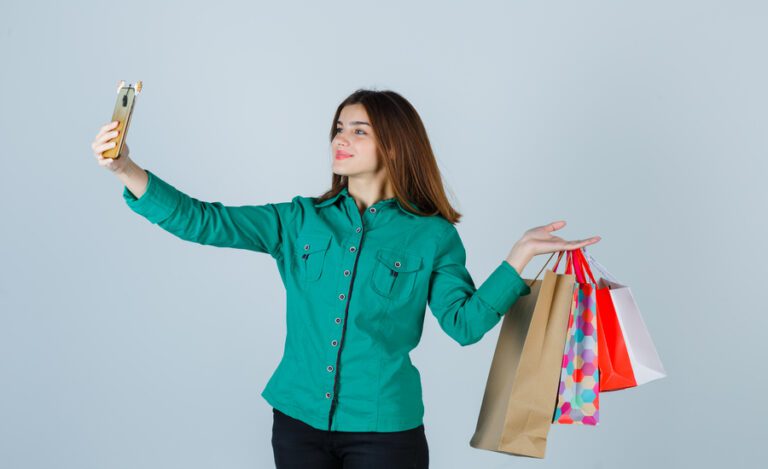1930s Fashion Updated News (2024)
The 1930s was a decade of elegance and refinement in Fashion despite the hardships of the Great Depression. Women’s Fashion embraced femininity, with long, flowing lines, softer silhouettes, and attention to detail. Designers focused on creating a polished, sophisticated look while keeping clothes functional for daily life. Hollywood also played a significant role in setting trends, with glamorous actresses like Jean Harlow and Marlene Dietrich influencing popular styles.
The Silhouette of the 1930s
Unlike the boyish, straight lines of the 1920s, the 1930s brought back a more feminine shape. Women’s clothing emphasized curves, with designs that hugged the waist and hips before flaring out at the hem. Dresses often had bias cuts, which allowed the fabric to drape smoothly over the body, creating a graceful, fluid look. Long skirts, typically ankle-length or longer, replaced the short, flapper-style skirts of the previous decade.
Daywear: Practicality Meets Elegance
Daywear in the 1930s was both practical and elegant. Women typically wore tailored suits or simple dresses during the day, often with a defined waist and slightly puffed sleeves. The designs were conservative, but details like pleats, buttons, and collars added interest. Fabrics like wool, cotton, and rayon were commonly used for everyday wear, making clothes durable but still stylish.
The Rise of Sportswear
The 1930s saw the birth of modern sportswear, with designers like Coco Chanel and Claire McCardell creating casual yet chic clothing for leisure activities. Knit sweaters, wide-legged trousers, and blouses became popular for women, reflecting a shift toward more relaxed, practical clothing for weekends and vacations. These styles were comfortable and easy to wear, offering a contrast to the more structured, formal looks worn during the week.
Eveningwear: Hollywood Glamour
Evening fashion in the 1930s was all about glamour and sophistication. Women attending formal events often wore long, slinky gowns made from luxurious fabrics like silk, satin, and velvet. These dresses were often backless or featured low-cut necklines, adding a hint of sensuality while maintaining elegance. Designers used intricate beading, embroidery, and sequins to add sparkle, making evening dresses perfect for glamorous occasions.
Hollywood’s influence on evening fashion cannot be overstated. Actresses like Joan Crawford and Greta Garbo set the trends with their on-screen wardrobes, and women around the world sought to emulate their glamorous looks. The 1930s evening gown became synonymous with old Hollywood glamour.
Accessories: Hats, Gloves, and Fur
Accessories were an essential part of a woman’s outfit in the 1930s. Hats, in particular, were a must-have for both day and evening wear. Cloche hats remained popular from the 1920s, but new styles like wide-brimmed sun hats and tiny tilt hats became fashionable as well. Gloves were worn with almost every outfit, adding an extra layer of elegance. Fur stoles and collars were also standard, providing warmth and luxury during the colder months.
Hairstyles of the 1930s
Hairstyles in the 1930s shifted from the short, bobbed styles of the previous decade to longer, more romantic looks. Women often wore their hair in soft waves or curls, styled close to the head. Finger waves, a technique where hair was shaped into “S” waves, were trendy for both daytime and evening looks. Women with longer hair would pin it up into elegant, waved updos for formal events.
Influential Designers of the 1930s
Several influential fashion designers helped shape the styles of the 1930s. Coco Chanel, known for her innovative, practical designs, continued to create timeless pieces like the tweed suit and little black dress. Elsa Schiaparelli, known for her avant-garde and surrealist designs, introduced bold prints, padded shoulders, and unusual materials to women’s Fashion. Madeleine Vionnet, another critical figure, perfected the bias cut, which allowed fabrics to drape elegantly over the body.
The Impact of the Great Depression
The Great Depression, which began in 1929, had a significant impact on Fashion throughout the 1930s. People had less money to spend on clothing, so designers had to adapt by creating more affordable, durable pieces. Many women made their clothes at home or altered older garments to fit the latest styles. Fabrics were often reused, and dresses were designed with simple lines and minimal embellishments to keep costs low.
Despite these challenges, Fashion during the 1930s remained elegant and refined. Women found ways to look stylish even during difficult economic times, embracing classic designs that could be worn for years.
Film and Fashion: The Hollywood Effect
Hollywood played a significant role in setting fashion trends during the 1930s. As movie stars became style icons, women across the world began to copy their glamorous looks. Costumes designed for the screen, particularly for films set in luxurious or historical settings, became highly influential. Women sought to replicate the evening gowns, fur stoles, and elaborate jewelry worn by actresses like Carole Lombard and Katharine Hepburn.
Footwear in the 1930s
Shoes in the 1930s were elegant and often featured T-straps, peep-toes, or rounded toes. Heels were typically lower than in previous decades, with sturdy designs that were comfortable for day-to-day wear. For evening events, women wore more delicate shoes made from satin or velvet, often adorned with bows or rhinestones for added glamour.
1930s Makeup Trends
Makeup in the 1930s emphasized soft, natural beauty. Thin, arched eyebrows were a key trend, often drawn in with a pencil to create a dramatic look. Eyes were defined with a subtle application of mascara and eyeliner, while lips were painted in deep reds or soft pinks. The overall look was polished but understated, enhancing a woman’s natural features rather than overpowering them.
Post-War Influence on Fashion
As the decade came to a close and World War II approached, Fashion began to shift toward more utilitarian designs. The extravagant styles of the early 1930s gave way to more practical clothing as materials became more challenging to source and the realities of war began to set in. However, the elegance and grace of 1930s Fashion remained influential, laying the groundwork for the styles of the 1940s and beyond.






